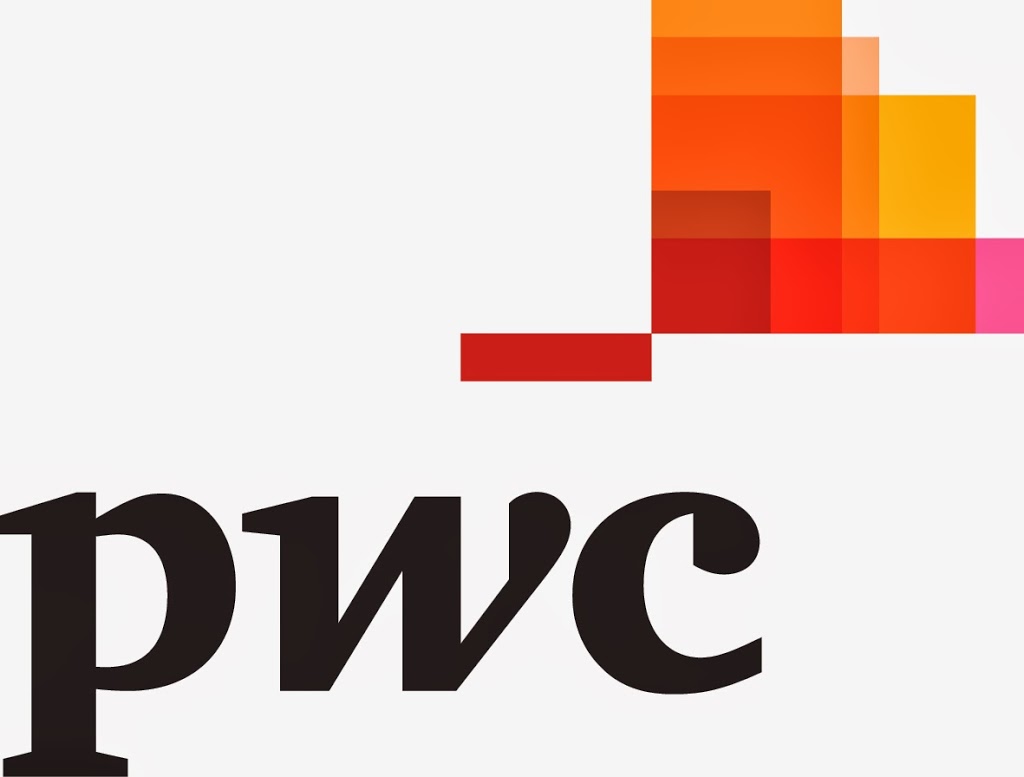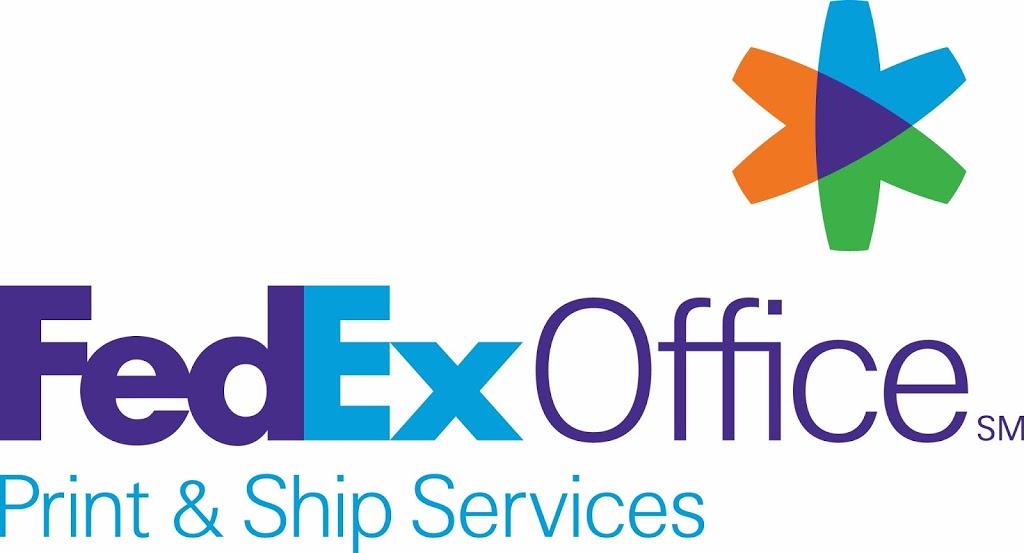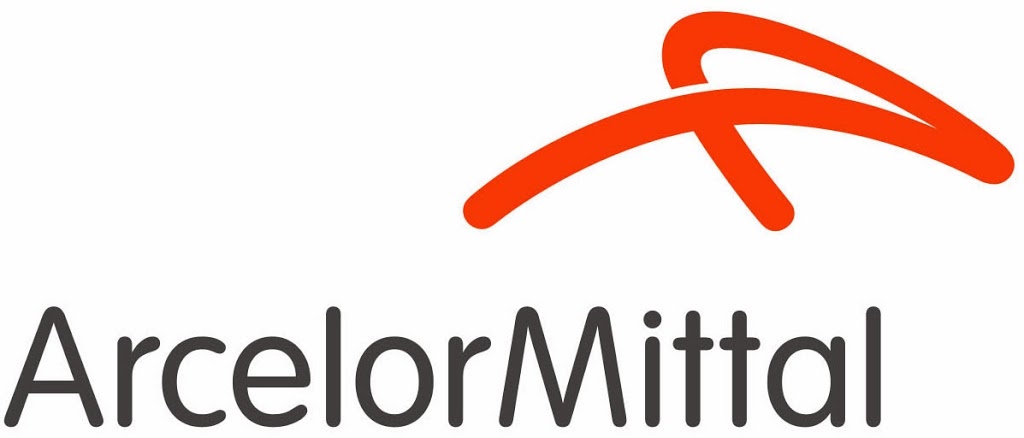The feeling towards the mergers and acquisitions market seems optimistic for 2014, with most investment banks reporting growing numbers of deals in the pipeline. These landmark events for firms aim to create synergies, and brand value is a crucial factor, however only around half of these attempts actually succeed. One of the most common reasons for failure is conflict between the two entities, and it’s no surprise this is linked to the biggest killer for brands – brand confusion. Clear, coherent messages are key for both employees and for consumers, so it’s essential that brand vision is established early on.
Since names serve to capture what that brand vision is, we wondered how different approaches to naming in the world of M&A can really maximize chances of success. So, what are the options?
Hand in Hand
- When two brands merge, there’s a joining together of two carefully built up and nurtured identities. For the new brand to convey coherence and collaboration between the two, as equal partners, many choose to “dual brand”, i.e. place the names side by side. The PricewaterhouseCoopers and ABN AMRO mergers have proved this can work excellently.
- However bear in mind that lengthy, mixed names risk weakening the brands of both. Surely the recent announcement of PwCto acquire Booz will not see the emergence of a PricewaterhouseCoopersBooz…
Fizzle
- If obtaining brand value was not a driving factor in the decision to acquire a new brand, the acquired name may adopt the acquiring brand’s name, while slowly ‘fizzling’ out its own. The main risks are internal conflict and loss of consumers who have grown loyal to the acquired brand; however this method is a great way to leverage the success of the stronger brand. FedEx’s acquisition of Kinko’s demonstrates that with the right strategy and timing this can be achieved elegantly.
Flex It
- Sometimes one brand is clearly stronger in the eyes of consumers, in which case it makes sense to leverage this in the new name. But what if brand A is more popular in one region, and brand B is more popular in a different region? Picking one or the other will be detrimental to the brand in one of the regions, so brands may choose the “flexible approach”. Let’s take the Renault Nissan partnership: together, the brands form the Renault-Nissan Alliance, however the brand adapts its name according to region. In Asia and the USA, the Nissan name is favored, whereas in Europe, where Renault is the stronger brand, this name is used more frequently.
- Recognizing the need for local appeal, it seems Tescoalso sees the benefit of dropping its own name in China by merging with Vanguard – a bold, self-sacrificing move to earn local appeal and consumer trust.
Big Bang
- The union between two brands is also a chance for reinvention, a new identity, a big bang! As long as brand messages correctly convey the story of the new brand to consumers, there is potential for both existing loyal consumers and new consumers to support the journey. With endless possibilities, many firms have looked to Nomen for guidance:
- The Swiss Post and La Poste venture came to Nomen and left as ASENDIA
- Societe Generale and Credit Agricole brought forth their Asset Management entities, which were together named Amundi
- Arcelor was created by Nomen when Aceralia (Spain), Usinor (France) and Arbed (Luxembourg) merged. It later became ArcelorMittal >, the world’s leading steel and mining company, when it acquired Mittal Steel in 2006
So many exciting new doors open up for brands in M&A deals and we’re big believers in letting imagination inspire the naming process, however direction is ultimately the most important aim. To maximize brand coherence and synergies, the sooner brand vision is visible the better.



